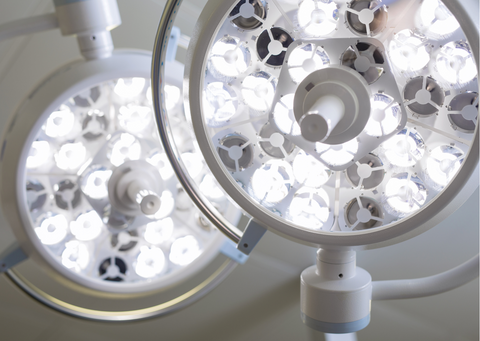Effective Bladder Treatment Options for Bladder Pain: Causes and Symptoms

The urinary bladder is a muscular sac located in the pelvis. The muscular walls of the bladder stretch and expand as it fills with urine. Its primary function is to store urine and then release it in a controlled manner through the urethra when the bladder is full. When the bladder is empty, the walls relax, and it returns to its original smaller size.
The bladder can get affected by various conditions, which can result in pain and discomfort. Millions of women globally have reported experiencing bladder pain due to different reasons. Though it sounds distressing, bladder pain can be managed with proper treatment.
This article will explore the causes and symptoms of bladder pain and how they can be treated effectively.









